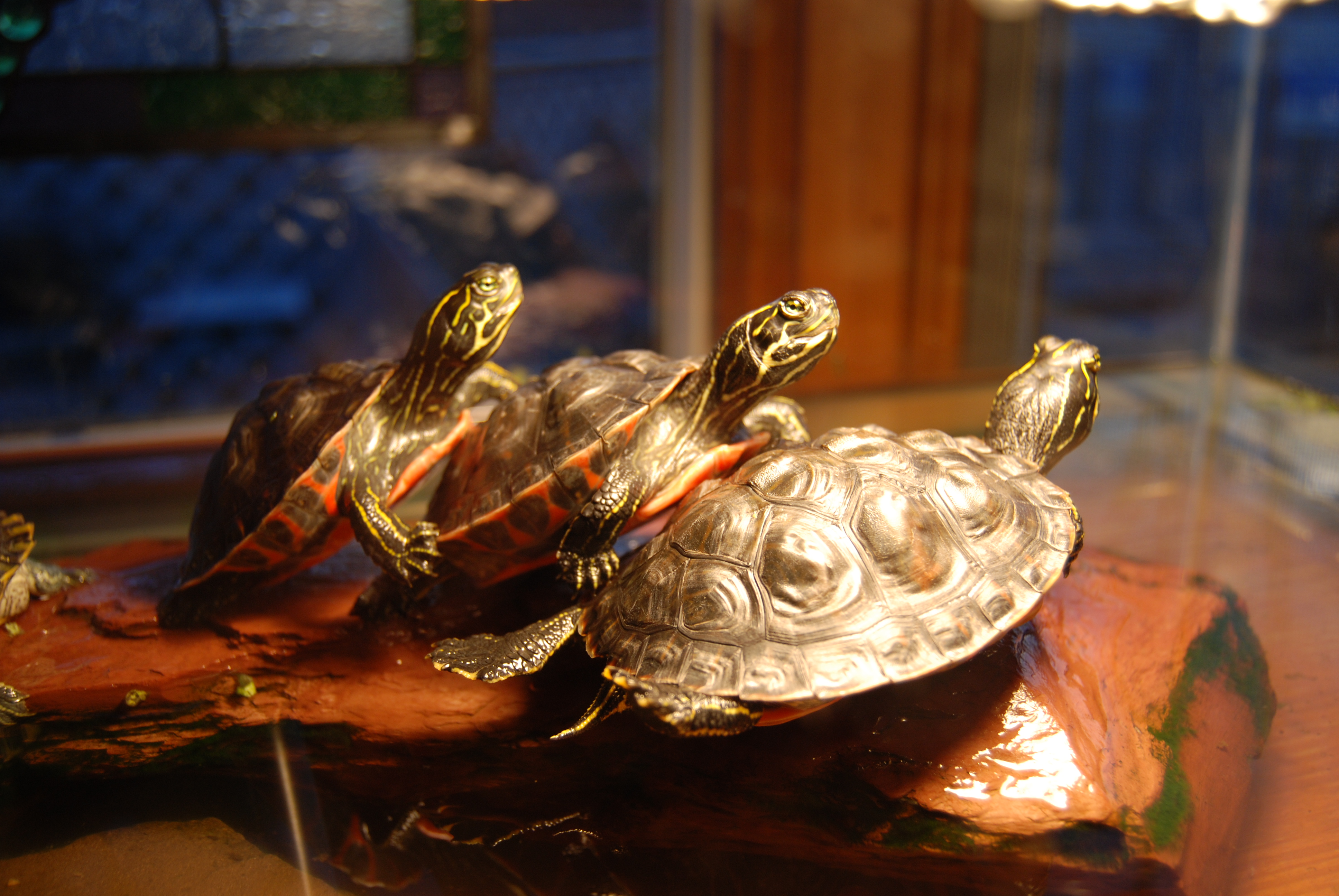Summary
This piece muses on some ways in which human society and development might have been different if humans had been ectothermic rather than endothermic.
Carrying capacity
Most of Earth's fauna are ectothermic, and ectothermy allows for bigger population sizes, because an organism of a given mass can be supported with less energy per unit time. If humans were ectothermic, they would have lower per-capita resource requirements, at least in the domain of food.
Rate of innovation
Ectotherms are less active than endotherms and so probably have fewer cognitive cycles to waste on extraneous thoughts of the kind that might lead humans to make discoveries and innovate. It's plausible that ectothermic humans would never have developed agriculture, tools, etc. But in the rest of my discussion, I'll assume for the sake of argument that humans did develop technologies like those.
Heat inequality
Insect growth and development is roughly proportional to temperature.  If humans were ectothermic, they too would presumably be more active at higher temperatures. This page explains: "Cold-blooded animals are much more active in warm environments and are very sluggish in cold environments. This is because their muscle activity depends on chemical reactions which run quickly when it is hot and slowly when it is cold."
If humans were ectothermic, they too would presumably be more active at higher temperatures. This page explains: "Cold-blooded animals are much more active in warm environments and are very sluggish in cold environments. This is because their muscle activity depends on chemical reactions which run quickly when it is hot and slowly when it is cold."
Thus, ectothermic humans would probably have remained concentrated in Africa and other Equatorial regions of the world, with those people venturing out toward the poles facing slower development. This book explains:
Being ecotherms, more lizard species live in the warm tropics than in temperate zones. [...]
In Canada or Chile, or even in Virginia, it would be almost impossible for a large lizard to ever soak up enough sun to get its motor running. That's why you never see large lizards taking ski vacations in Colorado or Utah. Only one lizard species—the European common lizard—survives above the Arctic Circle.
Warmer temperatures allow for more generations per year of invertebrates:
With warming, the generations per year of a range of arthropod vectors (mosquitoes, ticks) increase [...].
More generations per year near the Equator is also a possible reason for the higher species diversity of the tropics.
In a world of ectothermic humans, perhaps the "developing world" would have been toward the poles, and the Equator would have been where human society and innovation were able to progress faster.
This page notes: "when homeotherms and poikilotherms have similar niches, and compete, the homeotherm can often drive poikilothermic competitors to extinction, because homeotherms can gather food for a greater fraction of each day." Likewise, ectothermic humans near the Equator would have been able to grow food, develop technologies, carry out research, etc. for a greater fraction of each day.
Artificial heat and cold
In a world of ectothermic humans, the invention of fire might have been an even bigger deal than it was in our own history, since fire might have allowed for staying warmer for longer periods. Artificial heating of buildings would have enhanced this ability and might have led to greater separation between the "haves" (those with the money to buy heat) and the "have nots" (those too poor to buy heat and thus too poor to speed up their productivity). In this world, perhaps there would be political debates about the "right to heat", similar to our own debates about the right to health care.
If lower temperatures slowed down mental activity, then perhaps ectothermic people would voluntarily cool themselves if they were depressed. On the other hand, maybe this would just make their mental recoveries take longer?
People aiming to live long enough to live forever might cool themselves as much as had been proven physiologically safe so that they would undergo less metabolism per unit time.